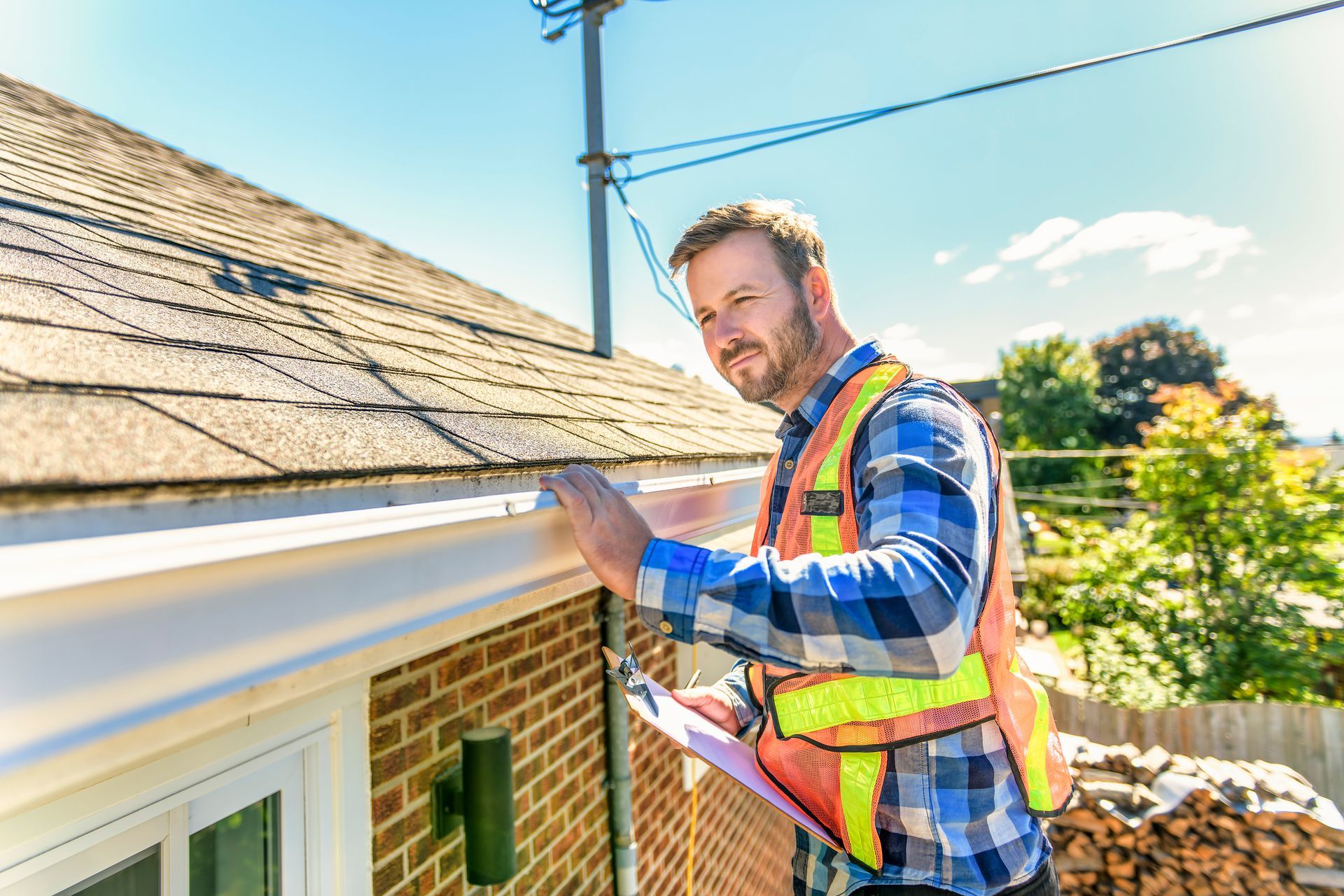Understanding and Fixing a Leaky Roof
For any homeowner, the sight of water stains spreading across the ceiling or the sound of drips coming from the attic can be a source of significant worry. A leaky roof, if left unaddressed, can quickly evolve from a minor inconvenience into an extensive problem, leading to costly repairs and potential health hazards. It’s vital to identify and manage a leaky roof before it turns into an expensive problem.
What is a Leaky Roof?
A leaky roof is one with damage or weaknesses that allows water to penetrate your home. Leaky roofs can be caused by several factors, including damaged or missing shingles, compromised flashing, or deteriorated roof seals. If left unattended, even a tiny leak can cause extensive damage over time, leading to mold growth, rot, and structural issues.
How Can You identify a Leaky Roof?
Being a vigilant homeowner involves being aware of the telltale signs of a leaky roof. Here's what to watch out for:
- Water Stains: Brown or yellow stains on your ceilings or walls often indicate a leak. These stains typically have irregular shapes and might grow larger if unaddressed.
- Dripping Water: This is the most obvious sign. If you hear or see water dripping from your ceiling or walls, this is a clear indication that your roof has a leak.
- Mold or Mildew Growth: Persistent moisture from a leak creates a breeding ground for mold and mildew. This not only poses health risks but can also further damage your home's structure.
- Damaged or Missing Shingles: Check your roof for cracked, curled, or missing shingles. These compromised areas allow water to seep through and cause leaks.
- Granule Loss in Gutters: Excessive granules in your gutters or at the base of downspouts could indicate deteriorating shingles that are more susceptible to leaks.
- Sagging Roof Deck: A sagging roof deck is a serious sign that your roof has sustained significant water damage and needs immediate attention. Don't attempt to fix this yourself – call a professional roofer right away.
- Peeling Paint: Water infiltration can cause the paint on your walls or ceilings to blister and peel.
How Do You Fix a Leaky Roof?
The repair process for a leaky roof depends on the severity of the leak. Locating the exact spot where the leak originates is crucial. This might involve inspecting your attic, roof (if safe to do so), and exterior walls for signs of water infiltration, such as stains or wet insulation. Here's how to tackle the issue:
- Replace Damaged Shingles: Damaged or missing shingles can cause leaks. It's essential to have them replaced promptly to prevent further water damage.
- Repair Flashing: Flashing is crucial in preventing water seepage. If it's damaged, it needs to be repaired or replaced to keep your roof watertight.
- Seal Roof Vents: Roof vents can develop cracks or damaged seals. Making sure they are correctly sealed is vital for preventing leaks.
- Clean Gutters: Clogged gutters can cause water to back up and seep under the roof. Regular cleaning ensures proper drainage and helps to protect your roof's integrity.
- Apply Roofing Cement: For minor leaks, roofing cement can offer a temporary fix until a more permanent solution is implemented.
- Install a Roof Patch: Larger damaged areas might require a roof patch. Proper installation seals the area effectively, preventing future leaks.
For guaranteed roof protection and peace of mind, contact Cribbs Inc., your local licensed Baton Rouge roofer. We offer
free estimates and expert repairs. Let our experienced team ensure that your roof stays strong for years to come.




